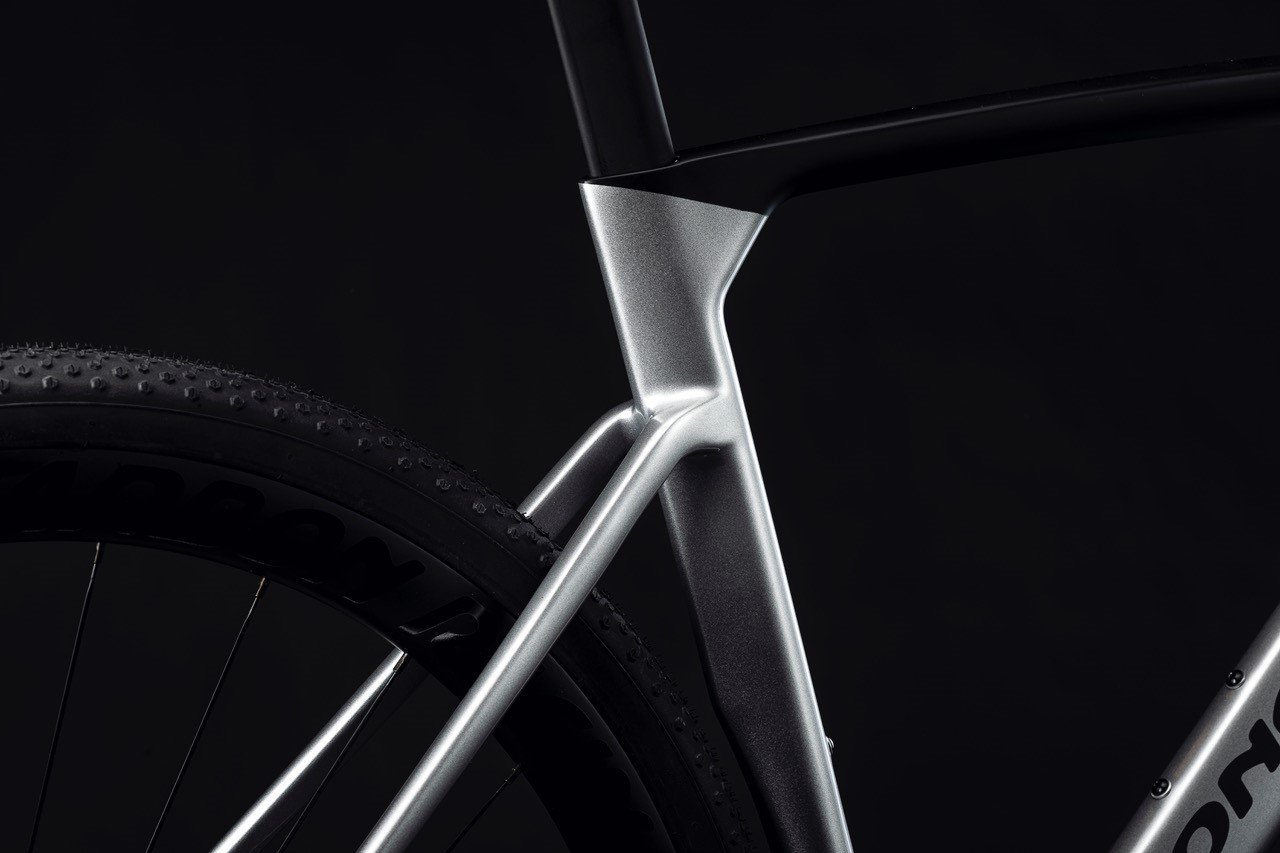Case: Light weight bike frame
Road-X – Gravel Carbon Bike
PRONGHORN Racing
Mobility



Since carbon fiber essentially took over the performance cycling world nearly two decades ago, the bike industry has continued to crank out ever-lighter, stiffer, and more impressive designs.
Advances in technology by the 1990s led to the use of even lighter and stronger frames made of composites of structural fibers such as carbon. Composite materials, unlike metals, are anisotropic; that is, they are strongest along the axis of the fibers. Thus, composites can be shaped into single-piece frames, providing strength where needed.
By far the most commonly used bike frame material for higher-end mountain and road bikes (including virtually every bike being raced at the professional level), carbon fiber is a composite of carbon sheets that are bonded together in a mold using resin. The primary advantage of the material is that at a given stiffness, carbon fiber is significantly lighter than aluminum, steel, or titanium.
This lower density also means carbon frames do a better job of absorbing (rather than transmitting) road vibration, which translates into a more comfortable ride. And carbon fiber can be formed into complex shapes, giving bike makers greater creative design latitude. This is especially useful when trying to maximize the aerodynamic efficiency of a frame.
Engineers use sophisticated software programs that consider the grade of carbon, the resin, the shape, size and orientation of the carbon-fiber ply, and even where it’s located in the mold. That’s how frames are optimized for extreme lightness or rigidity, or both.











